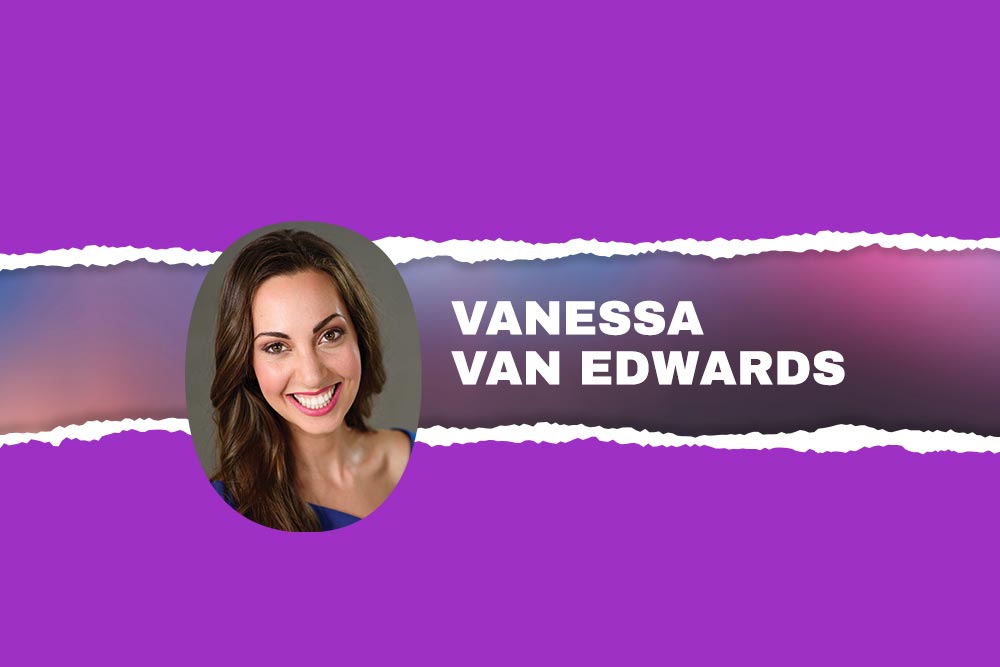
The following are notes from Vanessa Van Edwards’ talk at #GLS20. Use them to help you apply the content you learned at the Summit.
Do leaders think differently? Vanessa Van Edwards teaches how to harness your own inner leader. Using the latest neuroscience and psychology she shows us how to make a great positive impact. The key is striking the perfect balance between warmth and competence. Leaders are able to build both trust and confidence with their verbal cues, nonverbal signals and their mindset. In this session, Vanessa gives us new strategies to feel empowered and empower those around you.
CONNECTION | Personality
- Recovering awkward person
- Social anxiety
- Curiosity pulling her to study leaders
- Spent the last decade at the Science of People studying the hidden forces that drive behavior
- There are natural born leaders, but there are also naturally made leaders
What makes a leader?
- Harvard Business School Research shows when we first see someone, we’re judging them on two different traits, warmth and competence.
- When someone first sees you, the first thing they’re thinking is,
-
- “Can I trust you?”= Warmth
- “Can I respect you?”= Competence.
- Most non-leaders have an imbalance in one of these traits.
- A leader is someone ranks off the charts in both of these traits.
- They’re both friendly and warm and collaborative, but also powerful, capable and dependable.
ASK YOURSELF:
- Do I fall a little higher on the warm side where people see me as friendly, relatable and collaborative, but maybe they forget having met me before, or they forget my name.
- Am I a little higher on the competent side where people see me as smart and capable, but I’ve been told I’m hard to talk to, intimidating or cold.
How To Get To The Center of the Scale?
Be Purposeful With Your Cues
CONNECTION | Brian’s Experiment:
- Brian Wansink brought participants into his lab, and he turned off the lights and blindfolded them.
- He handed them a bowl of strawberry yogurt.
- All of the participants blindfolded ate the strawberry yogurt and then rated the yogurt on its strawberry flavor.
- There was a catch, 59% of the participants said that the yogurt had a nice strawberry flavor, but the yogurt was actually chocolate.
- This is the first of many experiments that demonstrate a powerful psychological phenomenon called priming.
Priming: When our words shape our actions, our behaviors and our thoughts.
- They don’t only expect and change the thoughts and behavior of others, they also change the thoughts and behavior of ourselves.
- We don’t realize the words we use are incredibly powerful.
- We are constantly sending our words out into the world without realizing how they’re actually shaping what people hear and then how they act.
HOW TO | Prime an Email:
Example: Sending an email similar to this, “We’re all set for the meeting next week. I’ll prepare an overview and sample proposal for you, then we can review them. Let me know if you have any questions.”
- Deemed boring and sterile—it does the job.
- Change the email to think about how we want the recipient to feel and act.
- This is only one more word than the last one, but it sounds different.
Update: “I’m looking forward to collaborating next week. I’ll prepare a goal worksheet and overview of desired outcomes for both of us. We can work through everything together. Happy to answer any questions.”
- When you tell someone to collaborate or use the word “collaborate” they’re more likely to be collaborative.
- Our calendar is one of our biggest primers for ourselves and others. We send calendar invites all the time: call, meeting, conference, one-on-one, agenda, etc.
- Use words like, “collaborative session”, “strategy session”, “mastery meeting”, “creative time”, “accountability”, or “our goals session”.
- Every time you share a word like goal, someone is more likely to think of their goals and then embody their goals.
ASK YOURSELF:
How do you want someone to think, feel and act before, during and after interacting with me?
CONNECTION | Appearing Friendly
- Before interaction—especially before video calls or those phone calls think about one way to prime for positive.
-
- “Oh, so happy to see you!”
- “What great weather”
- “I’ve been looking forward to this”
- “It’s great to be here”
- “It’s always such a pleasure to speak with you”
- The brain hears, “happy”, “great”, “pleasure”, “looking forward”.
- If you’re high on the competence side and want to be seen as more collaborative, more warm, more friendly and approachable, use more warm words in your communications.
-
- Friends
- Cheers
- Together
- Collaborate
- Excited
- Happy to be here
- Change your email signature to prime the exact word you hope to use.
- If you’re higher on the warm side, and want to be seen as more competent. Use more competent words like:
-
- Productive
- Brainstorm
- Effective
- Power through
- Efficient
Do an email audit.
- Open your email. Look at your last 10 emails you just sent.
- Count the number of warm words and count the number of competent words.
- You’ll be off the chats in one of those categories, you’ll have lots of warm words or lots of competent words, and you’ll realize, “Ah, that’s where I fall on the charisma scale.”
- You might see no warm or competent words at all. And this means that you have gotten sterile with your communication.
- We’re priming less and less and favoring this sterile neutral kind of communication. When we do this, we’re not setting people up for success.
Trust
Think about when you first meet someone. What part of the body do you look at first? Back in caveman days, the first place we looked was the hands to see if they were carrying a rock or a spear.
CONNECTION | Demonstration:
- The best TED speakers come out on stage the same way—they come out waving their hands and this communicates “friend”.
- Do this on video calls. Start with a wave.
- Showing more hand gestures to support your content demonstrates trustworthiness and allows the audience you’re speaking with to trust you.
- When you assume the best in others, they are most likely to rise to the occasion.
- When you expect the best and you use warm and competent words with them, they’re more likely to then act as their best self.
HOW TO | Introductions:
Example: “Hi, Laura meet Sarah. Oh, we have Sarah on the call. Here’s that quick email intro to Sarah.”
This is sterile and not showcasing the person.
Update: “Sarah is our wonderful head of marketing. She’s been leading the team for five years and we are so lucky to have her”.
This does three things:
- Sets Sarah up for tremendous success.
- Changes the way that you see Sarah, because it’s setting you up to think, “How can I prime for her?”
- Influence.
CONNECTION | Study:
- Doctors record 10 seconds of voice tone clips. “Hi, my name is Dr. Edwards and I specialize in oncology. I work at Children’s Presbyterian Hospital.”
- They took these clips and they warbled the words. Then they asked people to rate these doctors on warmth and competence.
- They found that the doctors who had the lowest warmth and competence ratings had the highest rates of malpractice lawsuits. This hints that we don’t sue doctors just based on their skills, we sue doctors based on our perception of their skills.
- What were the patterns? Why is it that some doctors ranked off the charts in competence and warmth and others didn’t?
Question Inflection: When we go up at the end of our sentences.
- Reserved for just questions.
- People give away their power all the time.
- When you go up on your ask, on your numbers, on your price, on your timeline, you are begging people to negotiate with you.
- You’re saying, “I don’t really believe this number,” and neither should you.
- Make sure that you are telling not asking.
Use the lowest end of their natural voice tone.
- Tighten the vocal cords and limit the amount of space in the voice. Hear what tension sounds like when we’re tense as the voice and vocal cords become tight.
- When tightening the voice, you can hear the anxiety.
- When you breathe out and speak at the same time, forcing the vocal cords to open.
NEXT STEPS:
- Practice saying “hello” on the out-breath.
- Take a deep breath in and answer hello on the top.
- Do this on the out-breath.
- Record your next phone call and listen to see if you give away your confidence.
CONNECTION | UK Prime Minister:
- William Gladstone and Benjamin Disraeli were running for prime minister in the UK.
- A reporter took both men to lunch to see who would be better to be prime minister.
- She wrote, “After sitting down with Mr. Gladstone, I thought he was the cleverest person in England. But after sitting next to Mr. Disraeli, I thought I was the cleverest person in England”.
- Mr. Disraeli won.
- Be your warmest most competent self ,and let others be the warmest most competent version of themselves.
NEXT STEPS:
Watch additional training at ScienceofPeople.com/GLS
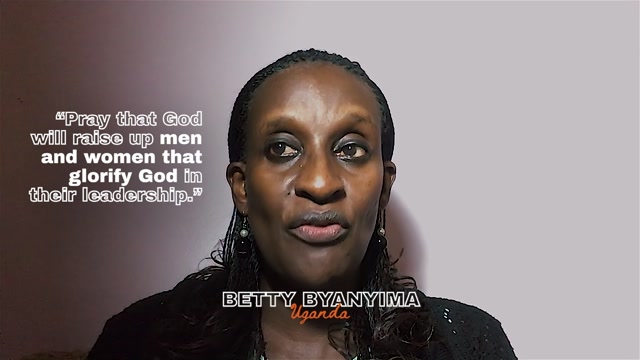



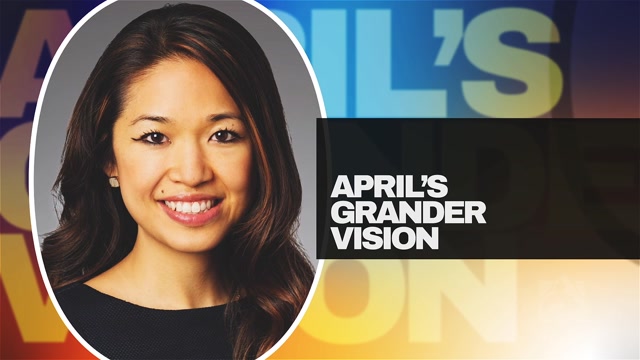



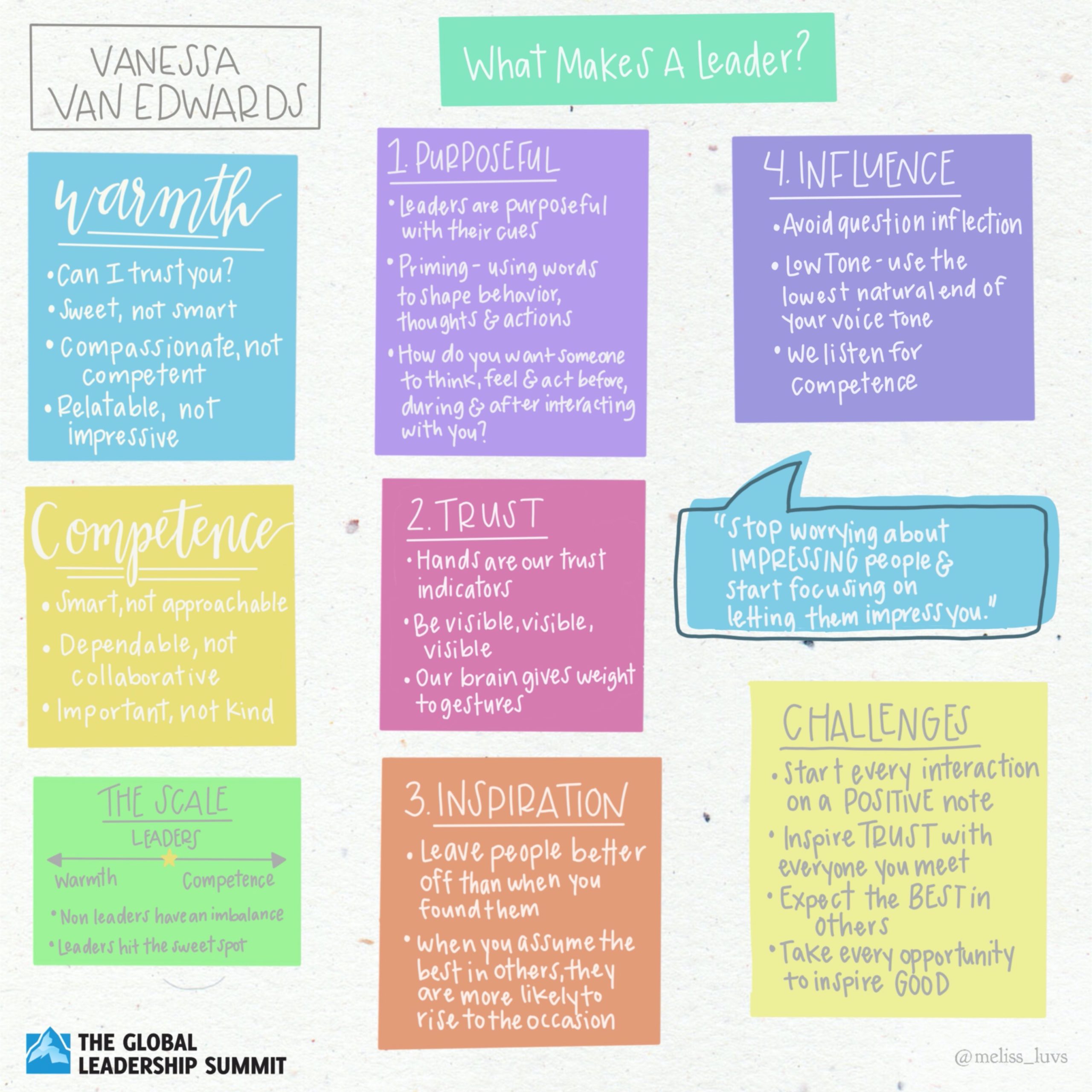
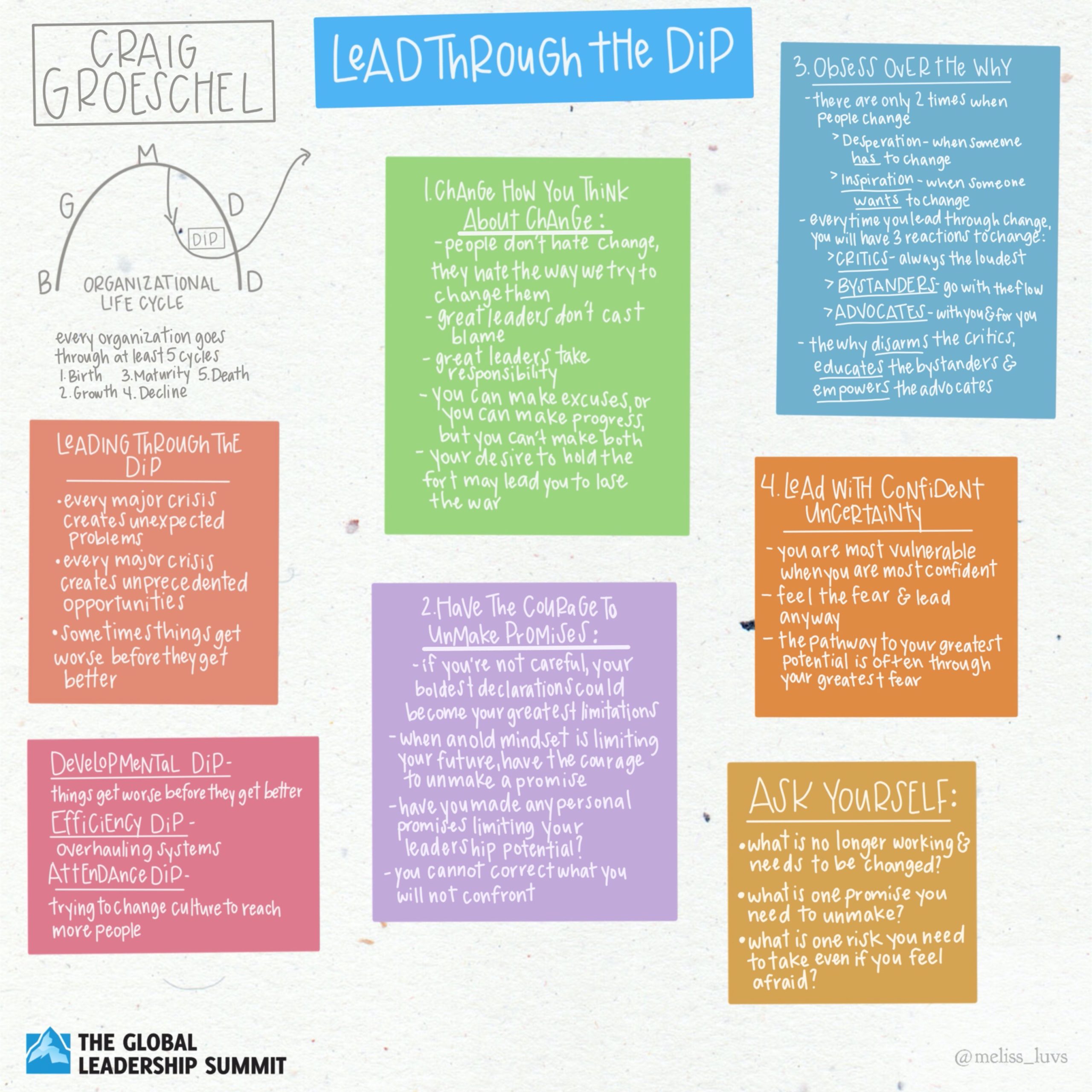
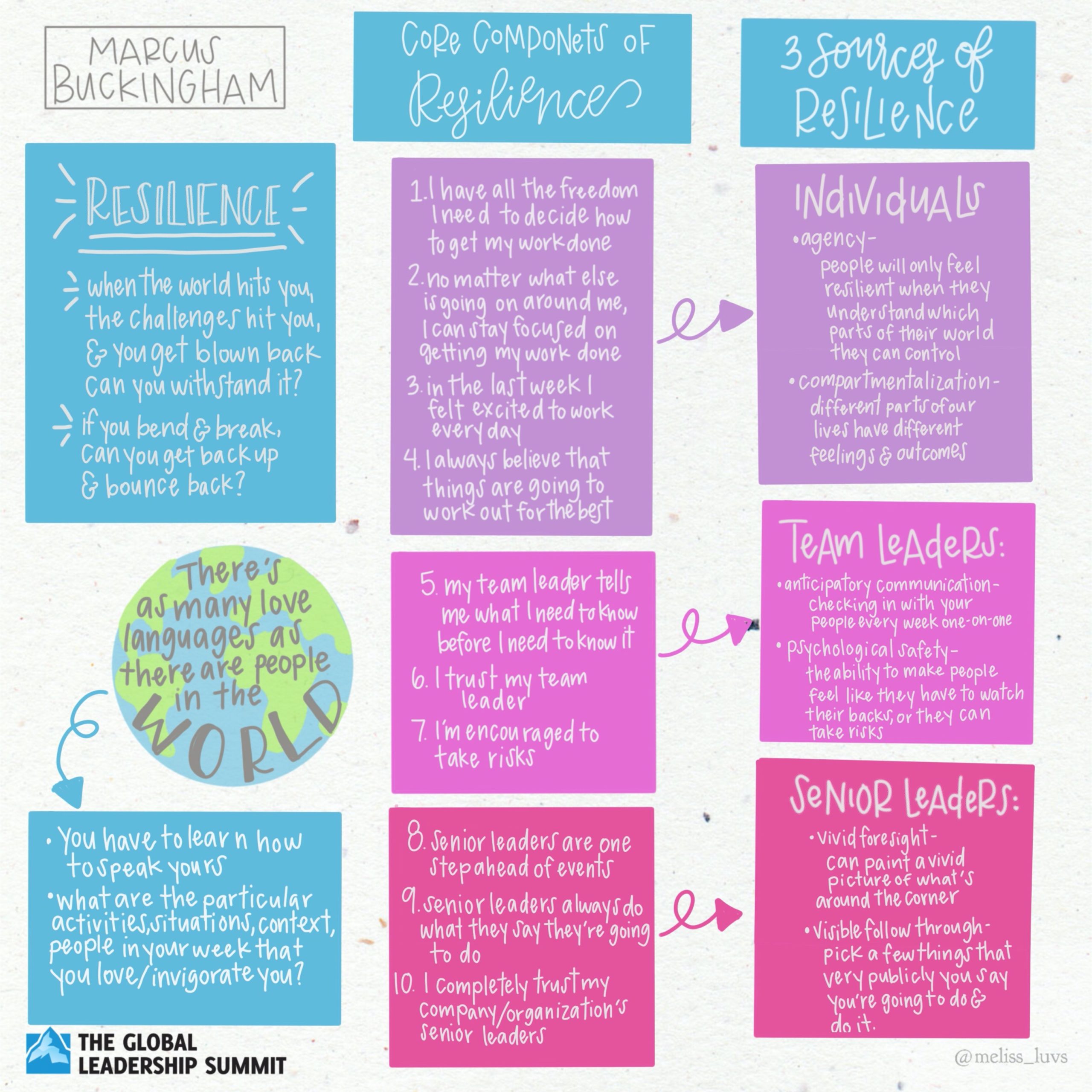


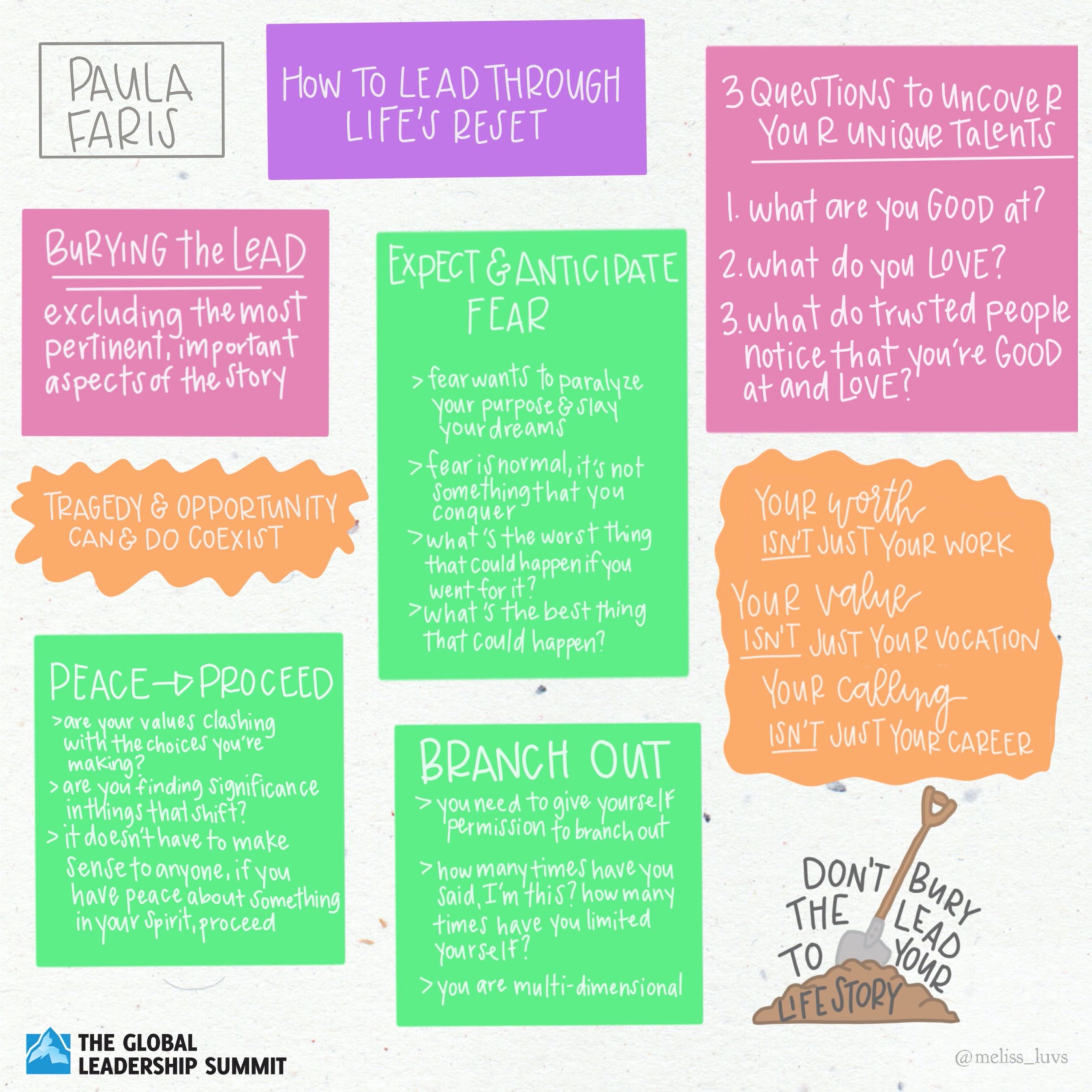

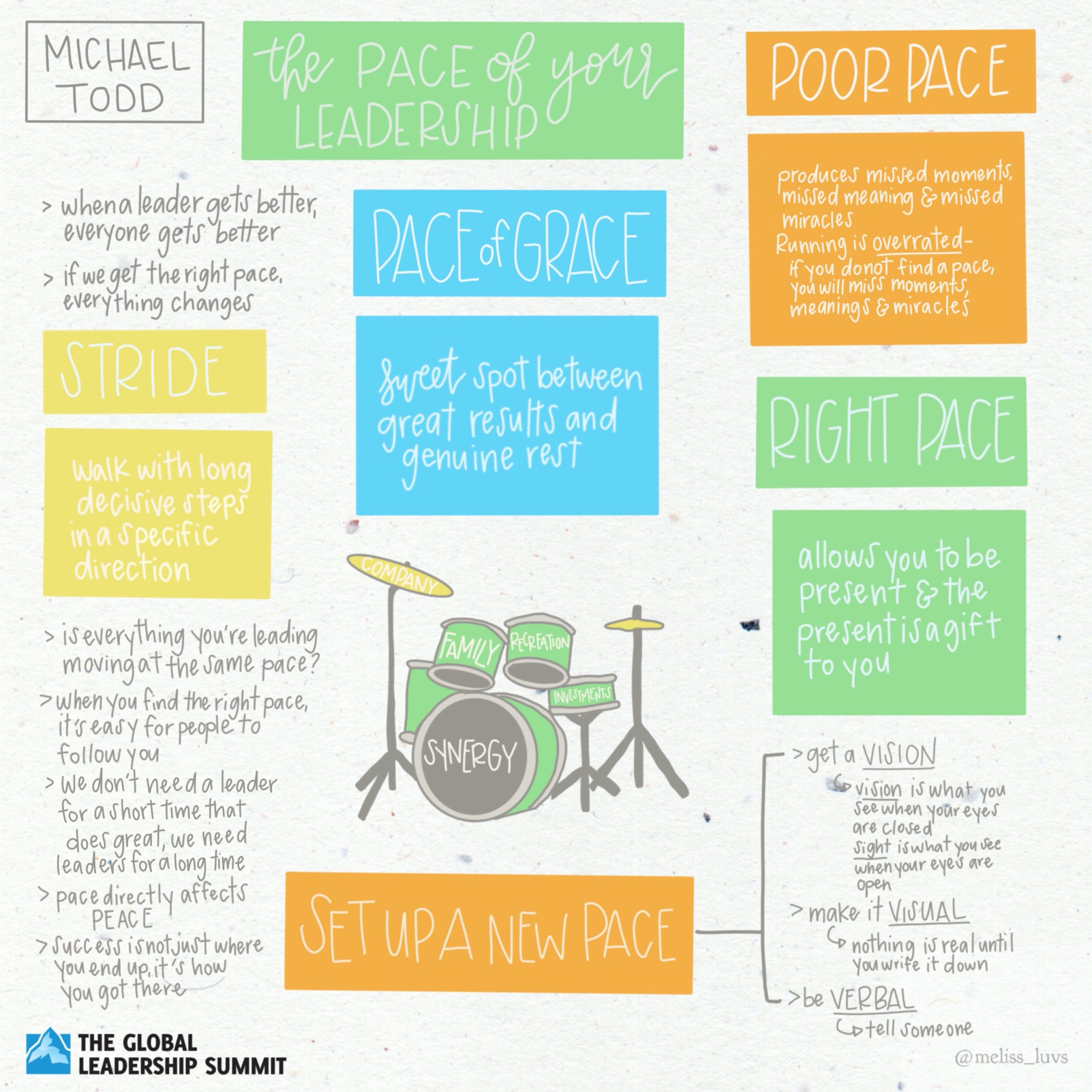



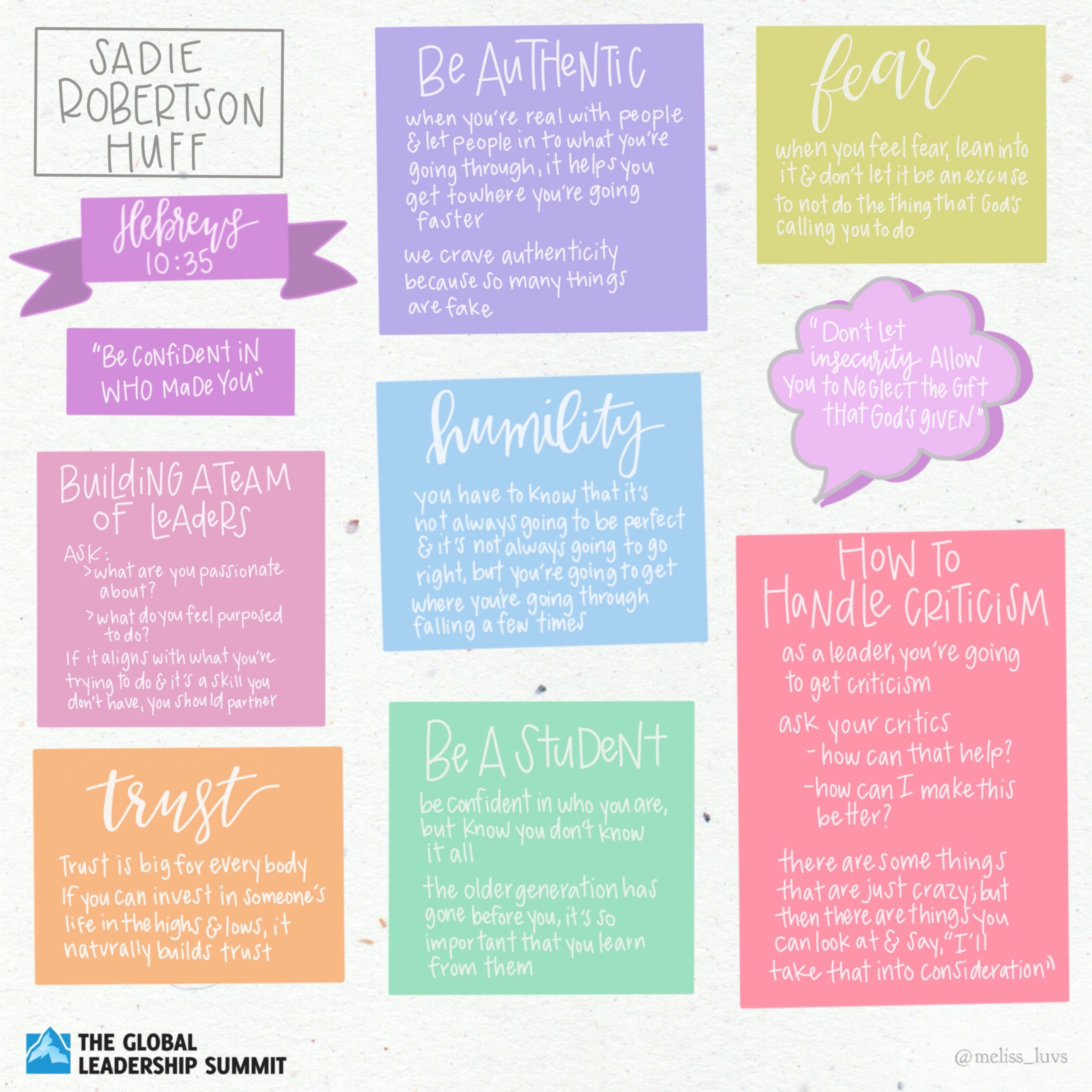
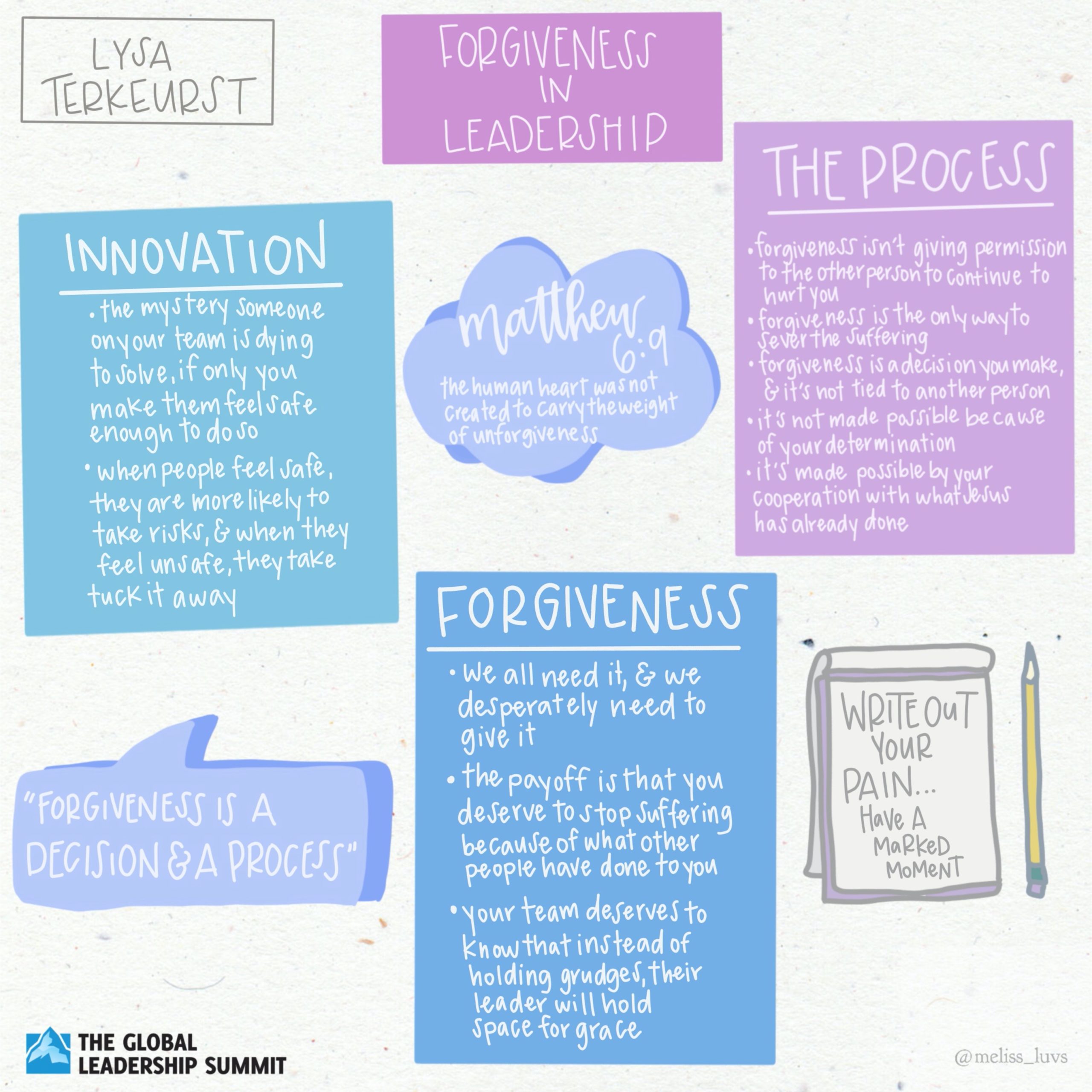


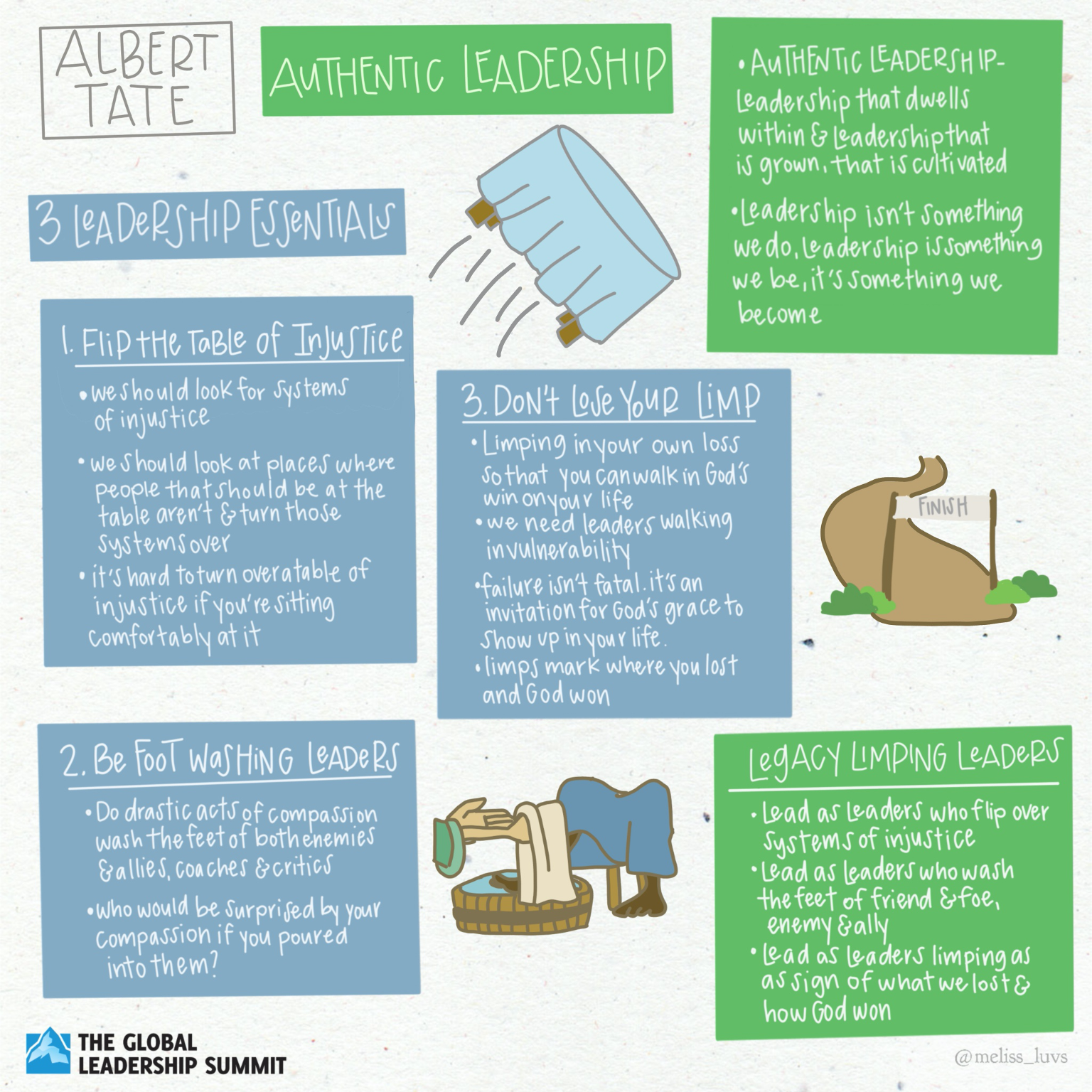


Recent Comments